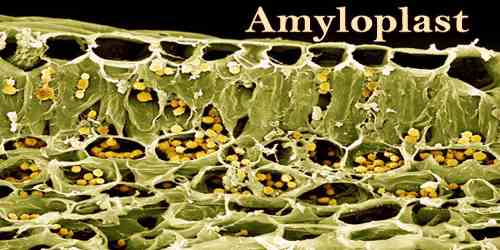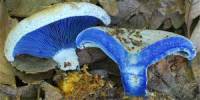Biological carbon fixation is the process by which living organisms, specifically plants, algae, and certain bacteria, transform carbon dioxide (CO2) from the atmosphere into organic compounds via a sequence of biochemical events. Carbon assimilation is the process by which living organisms convert inorganic carbon (mostly in the form of carbon dioxide) into organic molecules.
This mechanism is fundamental for life on Earth and plays an important part in the carbon cycle. The chemicals are then employed to store energy and provide structure to other biomolecules. Carbon is typically fixed through photosynthesis, however certain species use a process known as chemosynthesis in the absence of sunshine.
The most well-known form of biological carbon fixation is photosynthesis, which occurs in plants, algae, and some bacteria. During photosynthesis, these organisms use light energy to convert carbon dioxide and water into glucose (a type of sugar) and oxygen. The overall chemical equation for photosynthesis is:
6CO2 + 6H2O + light energy → C6H12O6 + 6O2
In this process, carbon from CO2 is fixed into organic molecules, forming the foundation of the food chain as these organic compounds are consumed by other organisms.
Autotrophs are organisms that grow by fixing carbon. They include photoautotrophs, which use sunlight, and lithoautotrophs, which use inorganic oxidation. Heterotrophs are not capable of carbon fixation, but they can develop by devouring the carbon fixed by autotrophs and other heterotrophs. The terms “fixed carbon,” “reduced carbon,” and “organic carbon” can all be used interchangeably to refer to different organic substances. Chemosynthesis is a process that fixes carbon using chemical energy rather than sunlight. Sulfur- and hydrogen-oxidizing bacteria frequently employ the Calvin cycle or the reductive citric acid cycle.
Aside from photosynthesis, other biological carbon fixation mechanisms include the Calvin cycle (C3 cycle), C4 photosynthesis, and CAM photosynthesis. These routes are differences in photosynthesis that occur in many types of plants. Each route has its unique set of biological events, but the ultimate goal is to convert carbon from CO2 to organic molecules.
Biological carbon fixation is an important component of the global carbon cycle, controlling greenhouse gas concentrations in the atmosphere and regulating Earth’s climate. It also serves an important function in delivering energy and sustenance to living species, establishing the foundation of ecosystems and food chains.
















